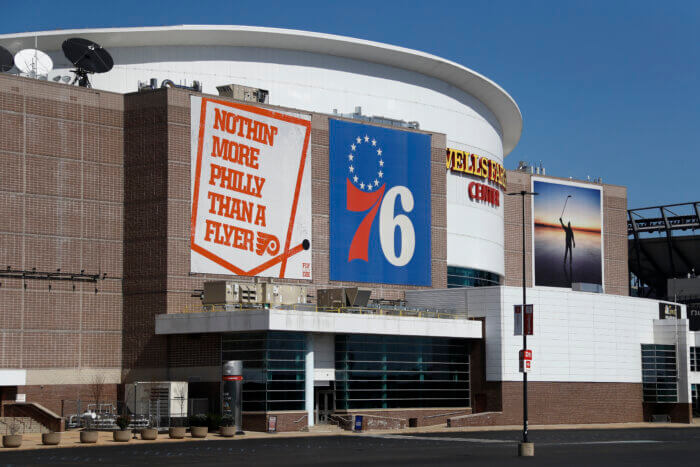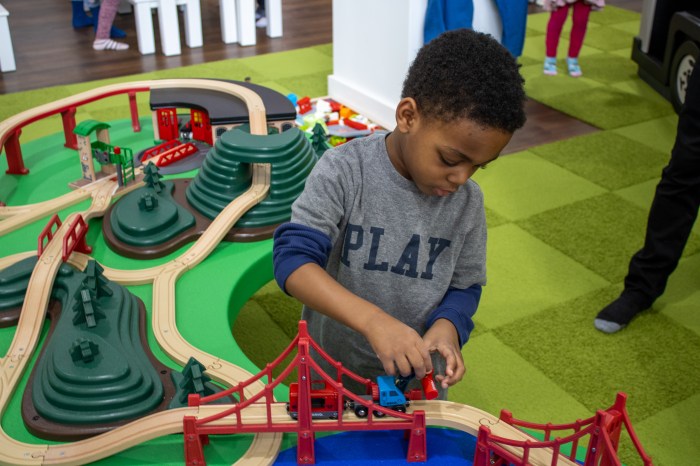A report released last week by the Pew Charitable Trusts found that the Free Library of Philadelphia is struggling to keep up with the growing demands placed on big-city library systems.
The Free Library has been slower than some other big-city libraries to adapt to changing population needs, including openingcenters forteenagers, increasing programming for children, providing health information, adjusting hours formaximum patronage and increasing the number of public computers, the report found.
The $63.6 million system ranks below average in circulation and visits on a per capita basis even though it ranks high as far as branches per capita and Philadelphians use libraries less than citizens in most of the 14 other urban areas studied, according to the report.
Seattle ranked number one in both visits and circulation per capita, with San Francisco, Columbus and Queens also scoring high in both areas. Aspopulations with low educational attainment levels are less likely to use libraries, one aspect of Philadelphia’s underuse is demographic: about 23 percent of Philadelphia adults over the age of 25 are college graduates, compared with 56 percent in Seattle, the report said.
But the study also attributed Philadelphians’ underuse of libraries, in part, to the “extraordinary” number of unscheduled temporary branch closures in the past few years due to staff shortages and maintenance. There were 8,000 such shuttered hours in 2010 and 3,662 in 2011.
The report also identified as a factor budget cuts between 2008 and 2010 that hit the Free Library harder than its counterparts in other cities – staff declined14 percent, scheduled service hours were down 12 percent, and contributions from alllevels of government decreased 19 percent during that period. City funding of the library declined bya larger percentage than did overall city spending during those years.
Overall library spending in Philadelphia, which was $43 per resident in 2011, is still below average among the communities studied.
Still, the findings weren’t all bad:use of library computers in Philadelphia has risen 80 percent in the last six years and, in a Philadelphia Research Initiative survey of residents, 51 percent visited a library at least once in the past year and 30 percent went at least once a month. 57 percent of library users reported having taken a child to the library and 91 percent said the library plays a “very important” role as a safe space for children.
Borrowing books and other materials was still the most popular library activity, engaged in by 79 percent of library users, while the second most popular activity was using a library computer for Internet access, which 57 percent of patrons did – 67 percent among patrons with a household income of less than $30,000 per year.
The report recommended that the Free Library prioritize services by spending its limited resources on its most popular activities and services, such as high-profile talks and public-access computers, and make the Central branch more welcoming, especially for young people, with stacks and “behind-the-scenes” areas giving way to more flexible spaces and large public areas.
It also suggested simplifying the library’s governing structure to allow it to be more adaptable, reevaluating branch hours to encourage patronage, possibly by offering more weekend service hours, and making long-term plans based on a sustainable level of funding.
The study’s findings will be the subject of “The library in the city: A panel discussion on the future of the Free Library of Philadelphia,” at the Free Library’s Central branch, 1901 Vine Street, this Wednesday, March 14 from 6 to 7:30 p.m. Speakers include Mayor Michael Nutter, Free Library President Siobhan Reardon and deputy mayor Mike DiBerardinis.





























